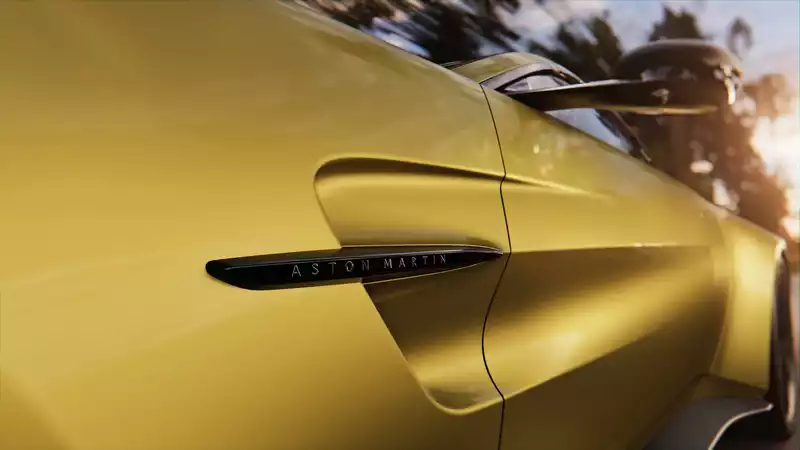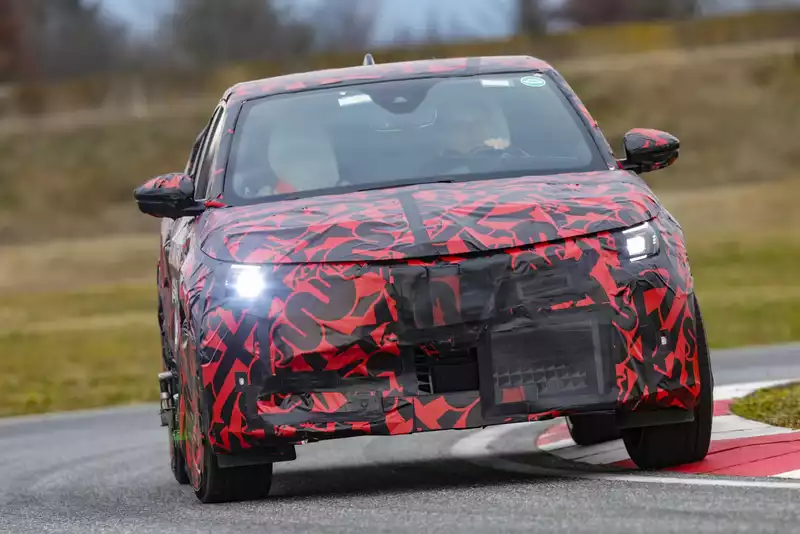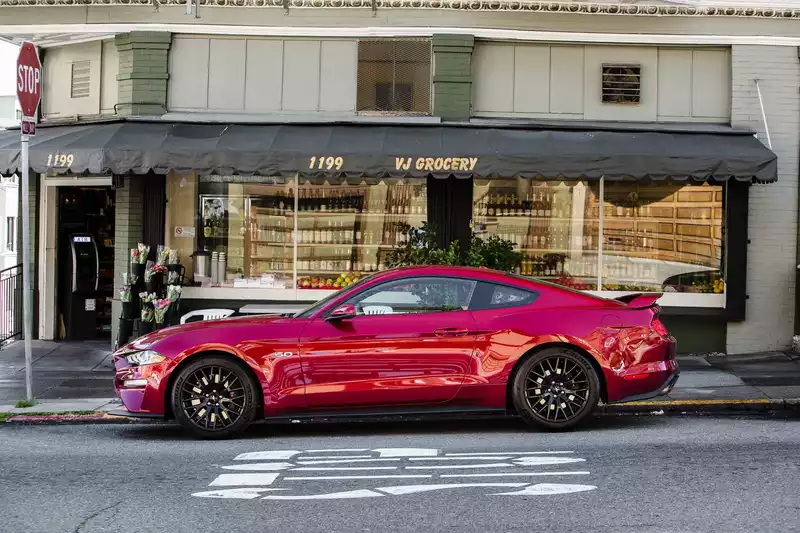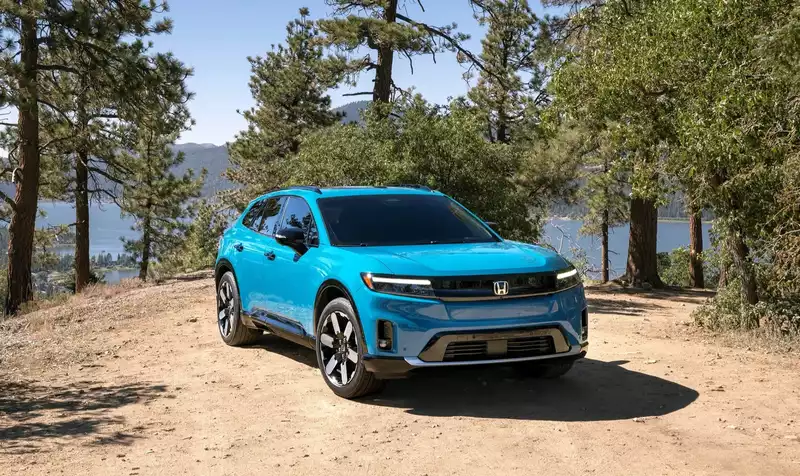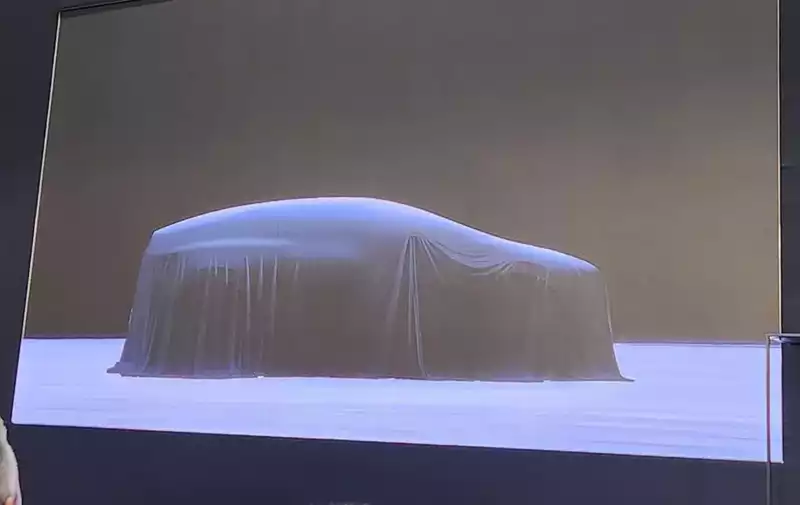Deep Dive The history of Audi's quattro all-wheel drive system.
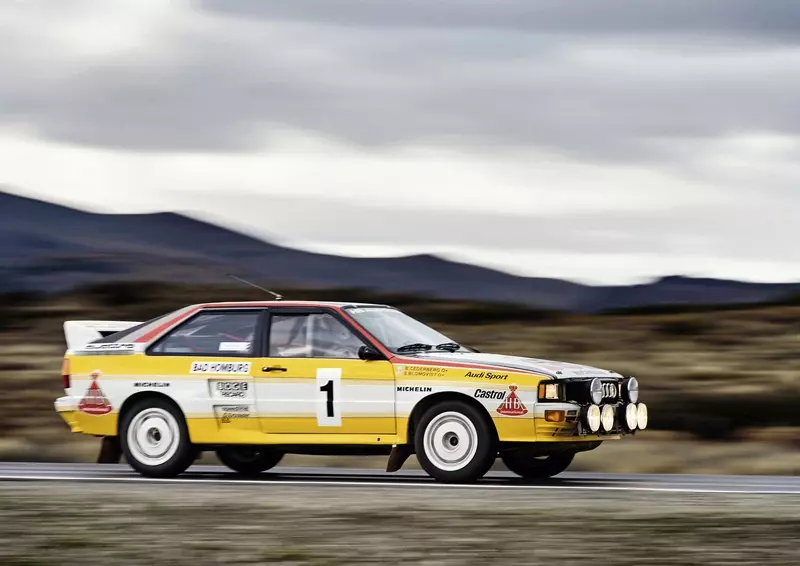
Aside from the four-wheel badge, nothing epitomizes Audi like quattro all-wheel drive. Originating on a World Rally Championship stage, quattro has come to define the German automaker's luxury vehicles. This year, Quattro turns 40 years old, and Audi presents the history of its groundbreaking all-wheel drive system.
The first Quattro system was based on lessons learned from the Volkswagen Illtis military SUV developed in the 1970s. This system used a manually controlled inter-axle differential activated by a vacuum switch to transfer power to both axles. It was later upgraded to a Torsen-type center differential that automatically distributed power to the front and rear axles in a 50:50 ratio.
Audi needed to demonstrate the benefits of all-wheel drive, so it fitted this system and a turbocharged inline five-cylinder engine to the Quattro coupe and began to compete in rallies. The Quattro dominated the WRC in the early 1980s, but its competitiveness declined as other automakers also switched to all-wheel drive. In the early 1990s, Audi brought all-wheel drive to road courses, competing in Trans Am, IMSA and DTM races.
The next major evolution of quattro occurred in 2000, when Audi applied the Haldex clutch to vehicles with transverse engine layout. The different layout requirements of transversely mounted engines necessitated the use of the Haldex clutch, which utilized a driveshaft and clutch to transmit power to the rear wheels.
Audi currently uses five all-wheel drive systems, one of which is designed for larger vehicles on the MLB Evo platform, such as the A8 sedan. Another is designed for smaller models on the MQB platform, such as the A3 and TT. Audi also offers the efficiency-focused Ultra system and a system designed specifically for the R8 supercar. Finally, proprietary versions are available for electric vehicle models.
The all-wheel drive system used on the larger cars is closest to the original quattro system with front, center and rear differentials. Performance models also feature a "sport" differential to provide torque vectoring, while MQB-based models use a Haldex system and the R8 has a rear-wheel drive transmission.
The Quattro Ultra economy system utilizes front-wheel drive by default to improve fuel efficiency, sending power to the rear wheels only when additional traction is needed.
The modern E-Tron electric crossover uses a single electric motor to drive each axle, with no mechanical link between them. The sportier E-Tron S model uses two electric motors on the rear axle and one electric motor on the front for a more powerful setup
.
